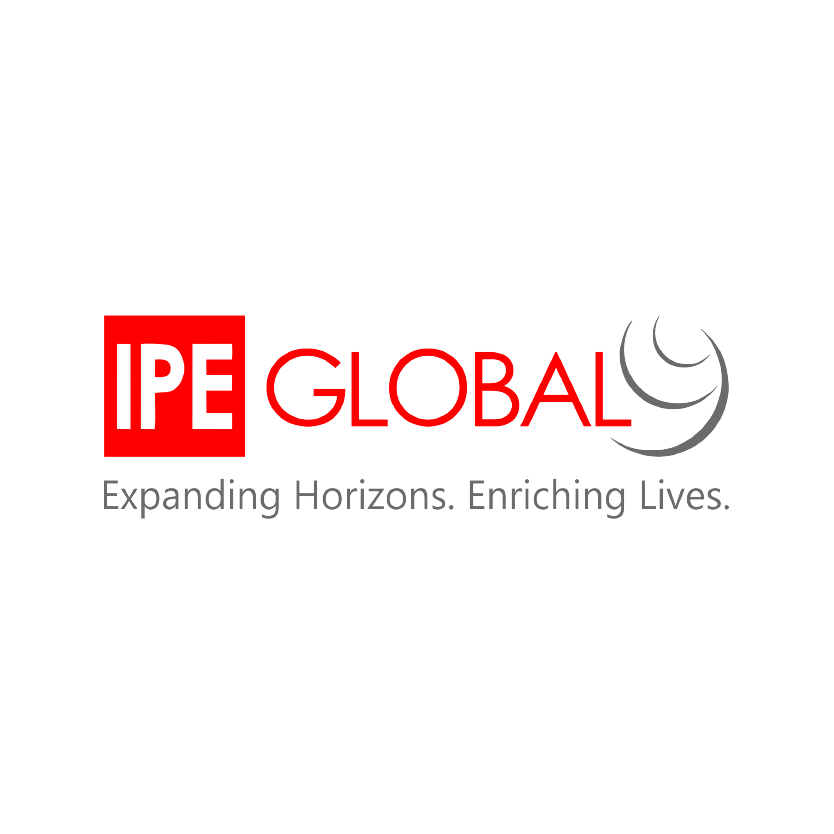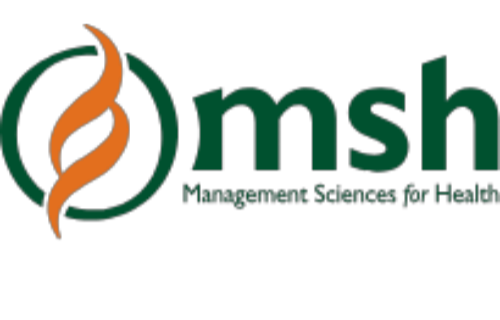

Through flagship national programmes like the Rashtriya Kishor Swasthya Karyakram (RKSK), India is looking to secure better health and opportunities for its more than 240 million adolescents.
Adolescent Health
Adolescent Health
India has the largest adolescent population in the world - a fifth of the world’s adolescents live in India, making up a fifth of India’s population. A third of Indians are between 10 and 24 years of age. The health of this group is therefore key to achieving national and global goals on health and development. The health status of an adolescent affects his or her health as an adult. Moreover, ill health and mortality in this age group is mostly preventable. Many young people are affected by poor social determinants of health, including poverty, malnutrition and lack of access to basic services. Poor health determinants are complicated by their age-related vulnerabilities, including lack of agency, limited access to health information, and prevailing social norms and taboos.
Adolescent Health
USAID makes catalytic investments to strengthen and complement the government’s efforts, particularly on the themes of sexual and reproductive health, nutrition, gender-based violence and life-skills development. USAID's approach aims to build the voices of adolescents and young people and increase responsiveness of the health system to their needs. USAID also engages multiple stakeholders across public, private and non-profit sectors to address these needs. USAID partners simultaneously generate evidence to strengthen the investment case and identify the most effective interventions towards this goal. These interventions are then piloted to demonstrate their effectiveness as well as their potential to be scaled up through market and technology-based solutions.





























